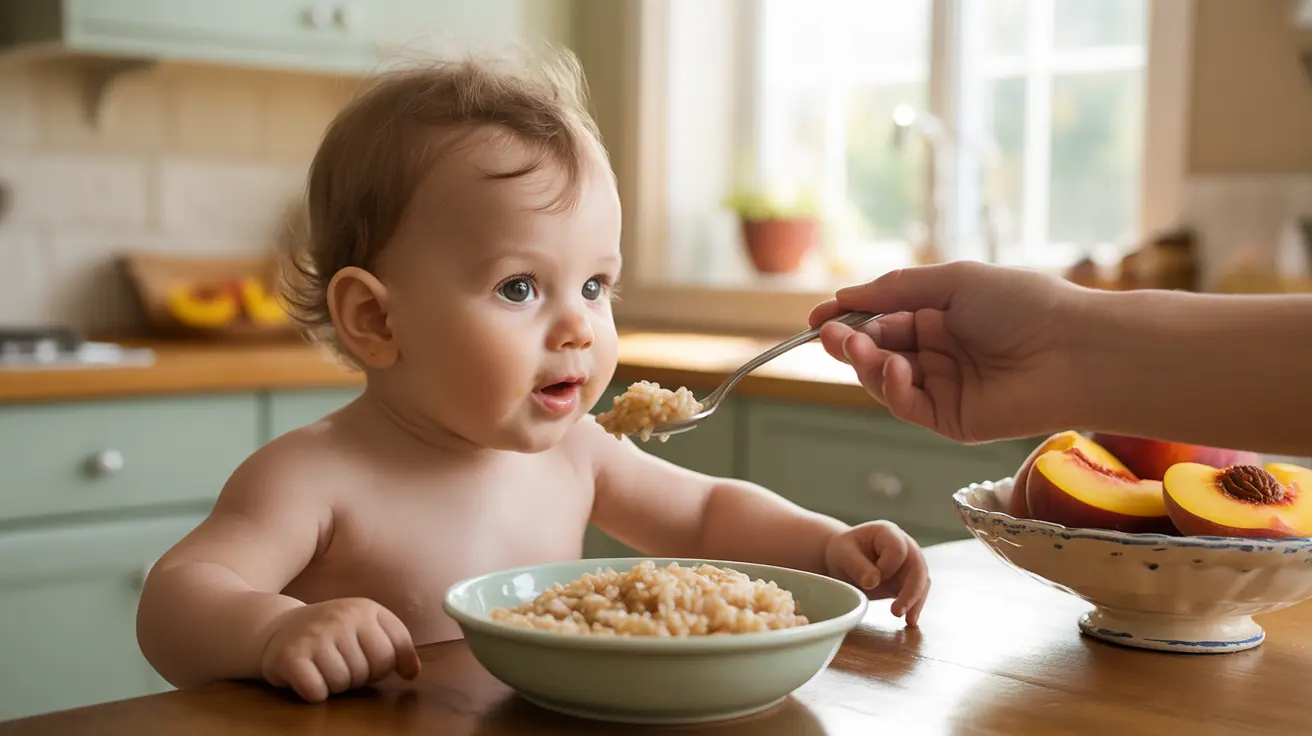As parents explore solid food options for their growing infants, brown rice often emerges as a potential first food choice. This nutrient-rich grain can be a healthy addition to your baby's diet when introduced at the right time and prepared properly.
Understanding when and how to introduce brown rice to your baby's diet is crucial for both nutrition and safety. Let's explore everything you need to know about feeding brown rice to your little one, including timing, preparation methods, and potential concerns.
When to Introduce Brown Rice to Your Baby
The ideal time to introduce brown rice to your baby's diet is typically around 6 months of age, when they show signs of readiness for solid foods. These signs include:
- Ability to sit upright with minimal support
- Good head and neck control
- Loss of the tongue-thrust reflex
- Showing interest in food
- Ability to move food from the front to the back of the mouth
Nutritional Benefits of Brown Rice for Babies
Brown rice offers several important nutrients that support your baby's growth and development:
- Fiber for digestive health
- B vitamins for energy and brain development
- Iron for healthy blood cell production
- Magnesium for bone development
- Complex carbohydrates for sustained energy
These nutrients make brown rice a valuable addition to your baby's diet, supporting overall growth and development during this crucial period.
Safety Considerations and Arsenic Concerns
While brown rice is nutritious, parents should be aware of potential arsenic exposure. Here are important steps to minimize this risk:
- Rinse brown rice thoroughly before cooking
- Cook in excess water and drain afterward
- Vary grain choices to include other options like quinoa and oats
- Choose rice from regions known for lower arsenic levels
- Limit portion sizes and frequency of rice meals
Safe Preparation Methods
Proper preparation of brown rice for babies is essential to prevent choking and ensure easy digestion:
Basic Preparation Steps
- Rinse the rice thoroughly
- Cook until very soft and slightly mushy
- Add extra water when cooking for a softer consistency
- Blend or mash to an age-appropriate texture
- Allow to cool completely before serving
Texture Guidelines by Age
Adjust the texture of brown rice based on your baby's age and feeding abilities:
- 6-8 months: Smooth, pureed consistency
- 8-10 months: Finely mashed
- 10-12 months: Soft, separate grains
Signs of Brown Rice Allergy
While rice allergies are relatively rare, it's important to watch for these potential reactions:
- Skin rashes or hives
- Digestive issues (vomiting, diarrhea)
- Breathing difficulties
- Swelling around the mouth or face
- Excessive fussiness after eating
Frequently Asked Questions
What are the nutritional benefits of introducing brown rice to babies? Brown rice provides essential nutrients including fiber, B vitamins, iron, and magnesium, supporting healthy growth and development. It's also a good source of complex carbohydrates for sustained energy.
How can I minimize arsenic exposure when feeding brown rice to my infant? Rinse rice thoroughly before cooking, use excess water when cooking and drain it, vary grain choices, and limit portion sizes. Choose rice from regions known for lower arsenic levels when possible.
What are the symptoms of a brown rice allergy in babies? Common symptoms include skin rashes, hives, digestive issues, breathing difficulties, swelling around the mouth or face, and unusual fussiness after consumption.
At what age can I safely introduce brown rice to my baby's diet? Brown rice can typically be introduced around 6 months of age, when your baby shows signs of readiness for solid foods and can sit upright with good head control.
How do I prepare brown rice safely for babies to reduce the risk of choking? Cook brown rice until very soft, adding extra water if needed. Blend or mash to an age-appropriate consistency, ensuring it's smooth for younger babies and gradually increasing texture as they develop better eating skills.




